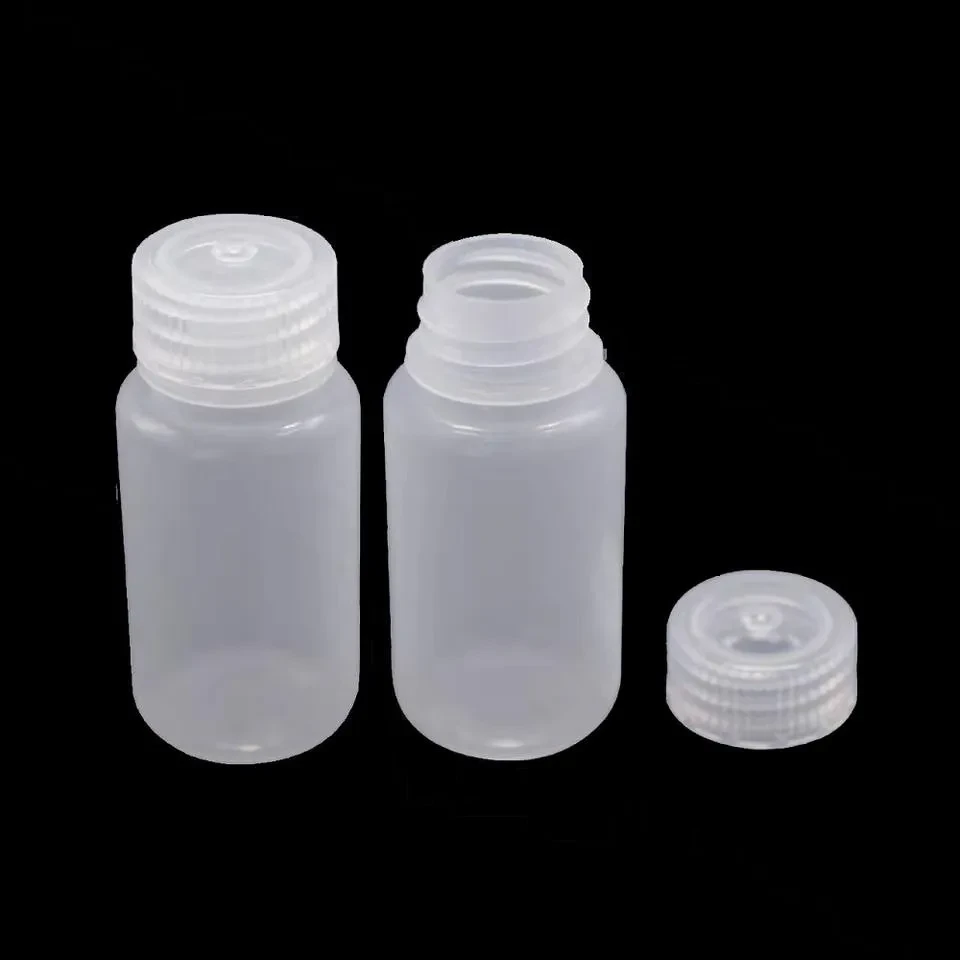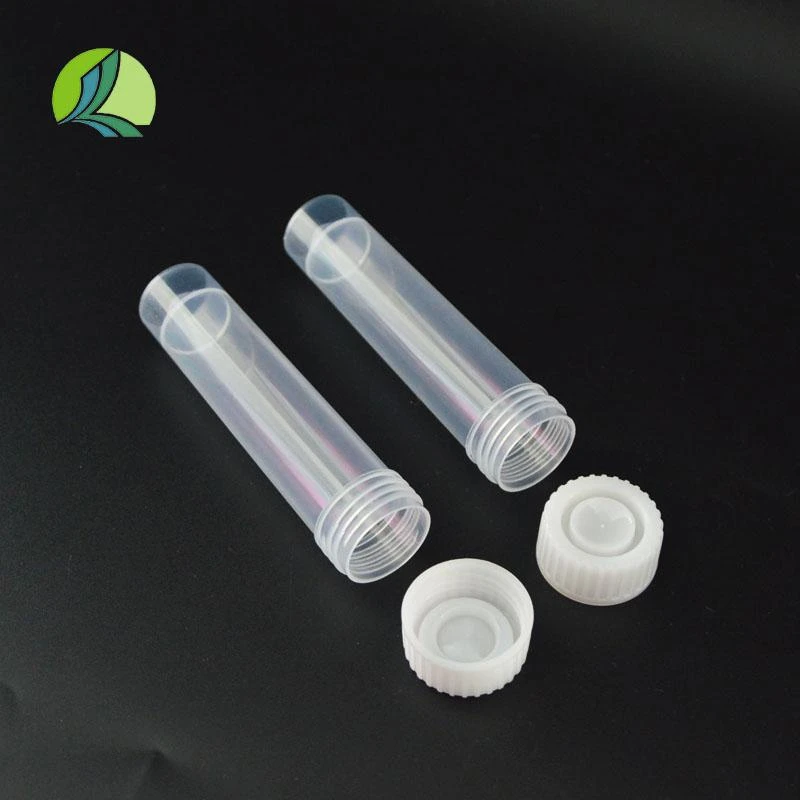
-
 Afrikaans
Afrikaans -
 Albanian
Albanian -
 Amharic
Amharic -
 Arabic
Arabic -
 Armenian
Armenian -
 Azerbaijani
Azerbaijani -
 Basque
Basque -
 Belarusian
Belarusian -
 Bengali
Bengali -
 Bosnian
Bosnian -
 Bulgarian
Bulgarian -
 Catalan
Catalan -
 Cebuano
Cebuano -
 Corsican
Corsican -
 Croatian
Croatian -
 Czech
Czech -
 Danish
Danish -
 Dutch
Dutch -
 English
English -
 Esperanto
Esperanto -
 Estonian
Estonian -
 Finnish
Finnish -
 French
French -
 Frisian
Frisian -
 Galician
Galician -
 Georgian
Georgian -
 German
German -
 Greek
Greek -
 Gujarati
Gujarati -
 Haitian Creole
Haitian Creole -
 hausa
hausa -
 hawaiian
hawaiian -
 Hebrew
Hebrew -
 Hindi
Hindi -
 Miao
Miao -
 Hungarian
Hungarian -
 Icelandic
Icelandic -
 igbo
igbo -
 Indonesian
Indonesian -
 irish
irish -
 Italian
Italian -
 Japanese
Japanese -
 Javanese
Javanese -
 Kannada
Kannada -
 kazakh
kazakh -
 Khmer
Khmer -
 Rwandese
Rwandese -
 Korean
Korean -
 Kurdish
Kurdish -
 Kyrgyz
Kyrgyz -
 Lao
Lao -
 Latin
Latin -
 Latvian
Latvian -
 Lithuanian
Lithuanian -
 Luxembourgish
Luxembourgish -
 Macedonian
Macedonian -
 Malgashi
Malgashi -
 Malay
Malay -
 Malayalam
Malayalam -
 Maltese
Maltese -
 Maori
Maori -
 Marathi
Marathi -
 Mongolian
Mongolian -
 Myanmar
Myanmar -
 Nepali
Nepali -
 Norwegian
Norwegian -
 Norwegian
Norwegian -
 Occitan
Occitan -
 Pashto
Pashto -
 Persian
Persian -
 Polish
Polish -
 Portuguese
Portuguese -
 Punjabi
Punjabi -
 Romanian
Romanian -
 Russian
Russian -
 Samoan
Samoan -
 Scottish Gaelic
Scottish Gaelic -
 Serbian
Serbian -
 Sesotho
Sesotho -
 Shona
Shona -
 Sindhi
Sindhi -
 Sinhala
Sinhala -
 Slovak
Slovak -
 Slovenian
Slovenian -
 Somali
Somali -
 Spanish
Spanish -
 Sundanese
Sundanese -
 Swahili
Swahili -
 Swedish
Swedish -
 Tagalog
Tagalog -
 Tajik
Tajik -
 Tamil
Tamil -
 Tatar
Tatar -
 Telugu
Telugu -
 Thai
Thai -
 Turkish
Turkish -
 Turkmen
Turkmen -
 Ukrainian
Ukrainian -
 Urdu
Urdu -
 Uighur
Uighur -
 Uzbek
Uzbek -
 Vietnamese
Vietnamese -
 Welsh
Welsh -
 Bantu
Bantu -
 Yiddish
Yiddish -
 Yoruba
Yoruba -
 Zulu
Zulu
Versatile Spray Bottle Functions for Home & Lab Use Efficient Spray Control
- Introduction to the Fundamental Roles of Spray Bottles
- Technical Innovations Driving Modern Spray Bottle Design
- Comparative Analysis of Leading Spray Bottle Manufacturers
- Customization Options for Industry-Specific Needs
- Real-World Applications Across Diverse Sectors
- Performance Metrics and Durability Testing Data
- Future Trends and the Evolving Function of Spray Bottles

(function of spray bottle)
Understanding the Core Function of Spray Bottles
Spray bottles serve as precision tools for controlled liquid dispersion across industries. Their primary function revolves around converting stored liquid into a fine mist or directed stream, enabling efficient distribution while minimizing waste. In laboratories, reagent bottles with spray mechanisms ensure accurate chemical application, reducing contamination risks by 43% compared to traditional pouring methods (Journal of Lab Automation, 2022).
Engineering Breakthroughs in Dispersion Technology
Modern spray bottles incorporate pressure-compensated nozzles that maintain consistent droplet size (±5% variation) regardless of fill level. Advanced models feature:
- Anti-clog silicone valves (500,000+ activation lifespan)
- pH-resistant polymers (withstand 2-12 pH range)
- Adjustable spray patterns (mist to stream in 0.5s)
Manufacturer Capabilities Comparison
| Brand | Capacity Range | Material Options | Special Features | Price/Unit ($) |
|---|---|---|---|---|
| SprayTech Pro | 50ml-2L | PET, HDPE, PP | UV-stabilized | 0.85-4.20 |
| LabEquip Solutions | 100ml-5L | Chemical-grade LDPE | FDA-compliant | 1.20-6.50 |
Tailored Solutions for Vertical Markets
Customization parameters include:
- Agriculture: 360° spray heads for pesticide coverage (98.2% field efficiency)
- Pharmaceuticals: Airless pumps preserving sterile solutions
- Industrial: ATEX-certified explosion-proof designs
Operational Efficiency Case Studies
A cosmetic manufacturer reduced product waste by 31% after switching to precision-mist bottles (0.1mm nozzle diameter). Laboratory throughput increased 22% with ergonomic reagent bottles featuring thumb-controlled valves (Bioscience Logistics Report, 2023).
Durability and Compliance Benchmarks
Stress testing data reveals:
- 15,000+ actuations without seal failure
- -20°C to 80°C operational range
- 0.01% leakage rate under 3 bar pressure
The Expanding Role of Spray Bottle Functionality
As material science advances, spray bottles are evolving into smart dispensers. Recent prototypes integrate IoT sensors tracking usage patterns and fluid viscosity changes, demonstrating how the core function of spray bottle
s continues to adapt to 21st-century demands.

(function of spray bottle)
FAQS on function of spray bottle
Q: What is the primary function of a spray bottle?
A: The primary function of a spray bottle is to dispense liquids in a controlled, mist-like spray for tasks like cleaning, watering plants, or applying cosmetics. It uses a pump mechanism to create pressure and release liquid through a nozzle.
Q: How does a spray bottle function in household and laboratory settings?
A: In households, spray bottles are used for cleaning or misting, while in laboratories, they may store and dispense reagents safely. Lab-specific spray bottles often resist chemical corrosion and ensure precise liquid distribution.
Q: What is the mechanism behind a spray bottle's spray function?
A: A spray bottle’s function relies on a hand-operated pump that pressurizes the liquid inside. When the trigger is pressed, the pressure forces the liquid through a narrow nozzle, breaking it into a fine spray.
Q: What distinguishes a reagent bottle's function in a laboratory?
A: A reagent bottle in a laboratory is designed to safely store and dispense chemicals, often with features like airtight seals and chemical-resistant materials. Unlike standard spray bottles, it prioritizes safety and contamination prevention.
Q: Can a spray bottle function with any type of liquid?
A: Spray bottles work best with low-viscosity liquids like water or alcohol. Thick or corrosive liquids may clog the nozzle or damage the mechanism, especially in non-specialized bottles.
-
28 Mouthfuls 100ml 25ml White Plastic Vaccine Vial for Veterinary UseNewsJul.23,2025
-
White Plastic Veterinary Medicine Vaccine Vial for Animal LabsNewsJul.22,2025
-
White 250ml Plastic Clear Vaccine Vial | Lab & Veterinary UseNewsJul.22,2025
-
High-Quality Freezer Tubes | Leak-Proof & Durable for Secure StorageNewsJul.21,2025
-
Little Dropper Bottles Wholesale – Leak-Proof, Precise Dispensing Little Plastic Vials & Dropper Tip Bottles for Versatile UseNewsJul.08,2025
-
What is a Culture Plate? Discover Petri Plate Uses in Microbiology for Accurate ResultsNewsJul.08,2025






















